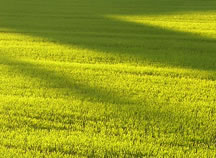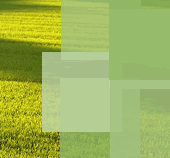 - Thatch Control - Thatch Control
| Thatch is the build up of dead matter on the surface such as grass cuttings and leaves, as well as weeds and poa annua (winter grass). If left untreated thatch creates a barrier and limits plant root growth. Removal is necessary to promote better penetration of water and nutrients to the root zone. Several treatment methods are available. |
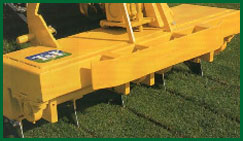 |
Benefits:
• Promotes a healthier turf surface, deeper plant roots and allows oxygen, nutrients and water to
filter down to the root zone naturally.
• Releaves compaction.
• Allows for the direct application of nutrients and pesticides if required.
• Prevents plant roots staying close to the surface and making it unstable.
When:
Best performed according to the growth cycle of the particular turf - during a time of active plant growth.
Method:
1) Dusting - The regular spreading of a very fine layer of topsoil to promote the natural decomposition
of thatch.
2) Scarifying - Slicing through the thatch (approx 30mm) to open the soil and allow for effective
penetration of water and nutrients.
3) Hollow Tyne Coring - Piercing through the thatch layer.
4) Vibra Mole - For lighter soils.
Duration:
To cover an average sized oval most treatments require approximately 1 full day.
Considerations:
• Type of thatch. Is it dead matter or poa annua or weeds etc.
• Density and depth of thatch.
• Weeds. Avoid times when local weeds are about to seed, etc.
• Best performed when the surface is not too wet.
• Some methods mean the surface cannot be used for a day or two.
Equipment:
• Top Dressing Unit (for dusting)
• Hollow Tyne Coring Unit (best for fine or sensitive soil types)
• TR50 (for scarifying and vacuuming)
• Mole Plough Unit (for lighter soils)
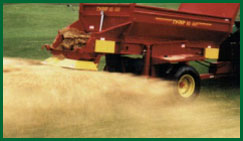 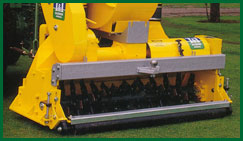
|


